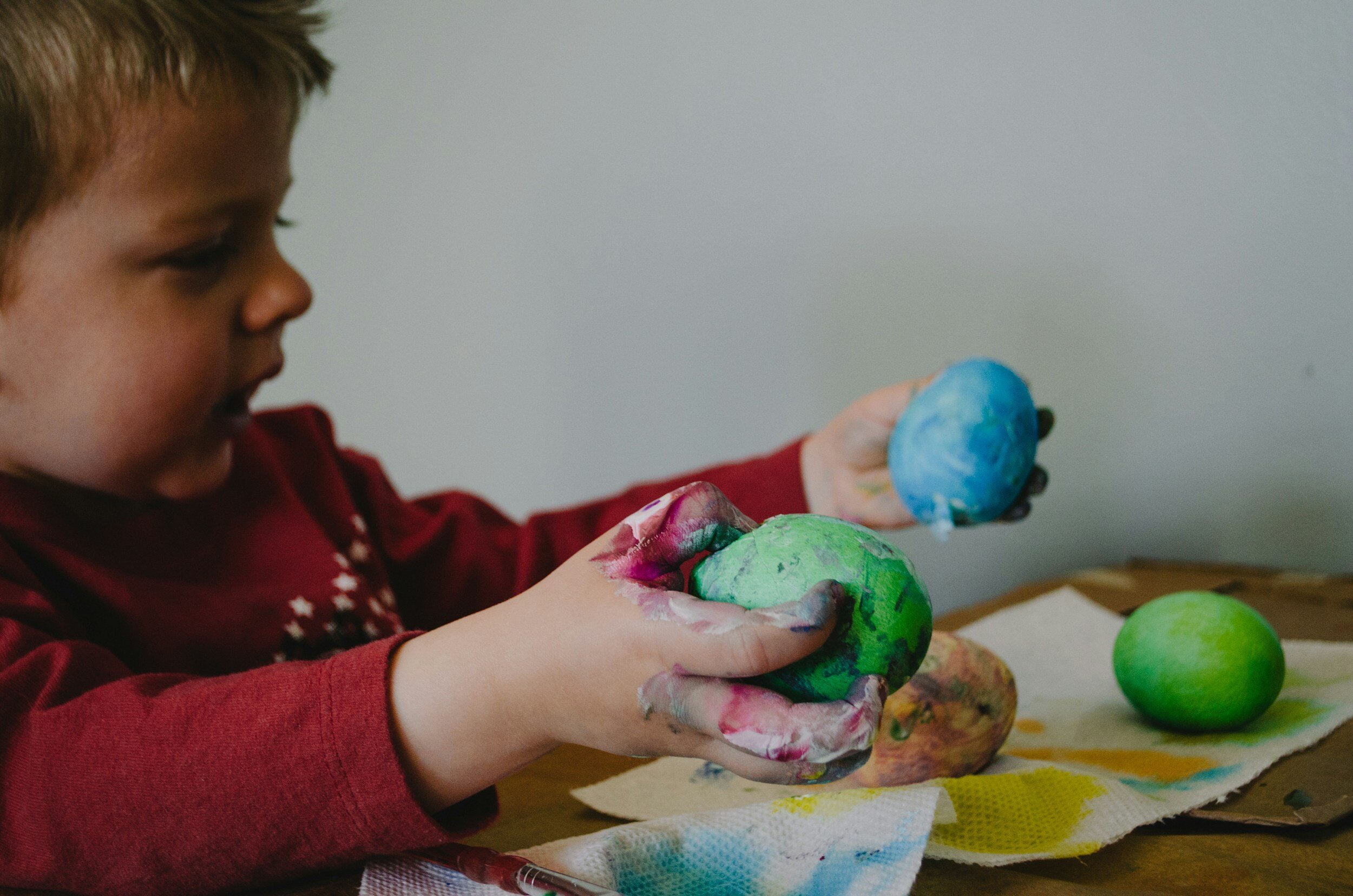
Co-Regulation Through Creativity: How Art Therapy Supports Emotional Regulation in Children
Children don’t learn emotional regulation on their own—they develop it through co-regulation with safe, attuned caregivers. Art therapy offers a powerful way to support this process, providing children with a non-verbal outlet for emotions while reinforcing safety and connection. This post explores how art therapy helps children process big feelings, externalize emotions, and experience co-regulation through creative expression. Learn practical ways to use art at home to support your child’s emotional well-being and build deeper connections through creativity.

When Words Are Hard to Find: Art as a Voice for Non-Verbal Children
Art therapy provides a powerful way for non-verbal children to communicate, process emotions, and connect with the world around them. Engaging in art activates multiple areas of the brain, including the visual cortex, motor cortex, and limbic system, supporting emotional expression and cognitive development. Through drawing, painting, and sensory-based art, children can share their inner experiences without the need for words. Art therapy helps develop fine motor skills, supports emotional regulation, and strengthens neural pathways related to communication. It creates a bridge between internal experiences and external expression, offering a safe, accessible way for children to be seen, heard, and understood.
NDIS Pricing Review for Art and Music Therapy: What You Need to Know
The NDIS has extended its independent review into pricing for art and music therapy, originally set to conclude in March, to April 17, 2025. This review, led by Dr. Stephen Duckett AM, is assessing appropriate pricing levels for these therapies, not whether they will remain NDIS supports. Proposed changes, originally set for February 2025, include shifting art and music therapy under the community participation budget with specific one-on-one and group rates. However, these changes remain under review. Until the findings are finalized, participants can continue accessing music and art therapy through existing arrangements, and providers may claim at current pricing levels. The NDIS Evidence Advisory Committee (EAC) will also evaluate the evidence base for these therapies. Any changes will take effect only after the review process is completed.

How Art Therapy Helps Children Express Big Feelings
Art therapy provides children with a powerful way to express emotions when words feel out of reach. By combining creative expression with parts work, littles can externalize their feelings, making them easier to understand and process. Whether it’s drawing an “angry part” as a stormy cloud or a “sad part” as a droopy flower, art becomes a safe space for self-discovery and healing. This post explores how art therapy helps children connect with their emotions, embrace all parts of themselves, and find comfort in knowing they’re not alone.

Connecting the Dots: Art Therapy's Gentle Guidance into Interoception
Understanding our emotions and internal sensations can often be likened to solving a intricate puzzle. For some, this challenge can be particularly pronounced. However, there's a valuable and supportive approach that comes to light – art therapy.

Exploring art therapy for chidren’s wellbeing & development
Art therapy offers a unique opportunity for your child to express themselves, navigate their emotions, and discover their inner strengths. In this blog post, let’s delve into the world of art therapy, exploring what it is and how it can benefit your child in incredible ways!

